Yesterday I linked to a thread discussing old school bloggers who are still active. One of the best of the old guard is very much still at it: Alan Taylor. Taylor has been curating photographic essays the The Atlantic for more than 8 years — and for several years before that at The Boston Globe and on his own blog. His latest features the work of Margaret Bourke-White, one of my all-time favorite photographers.
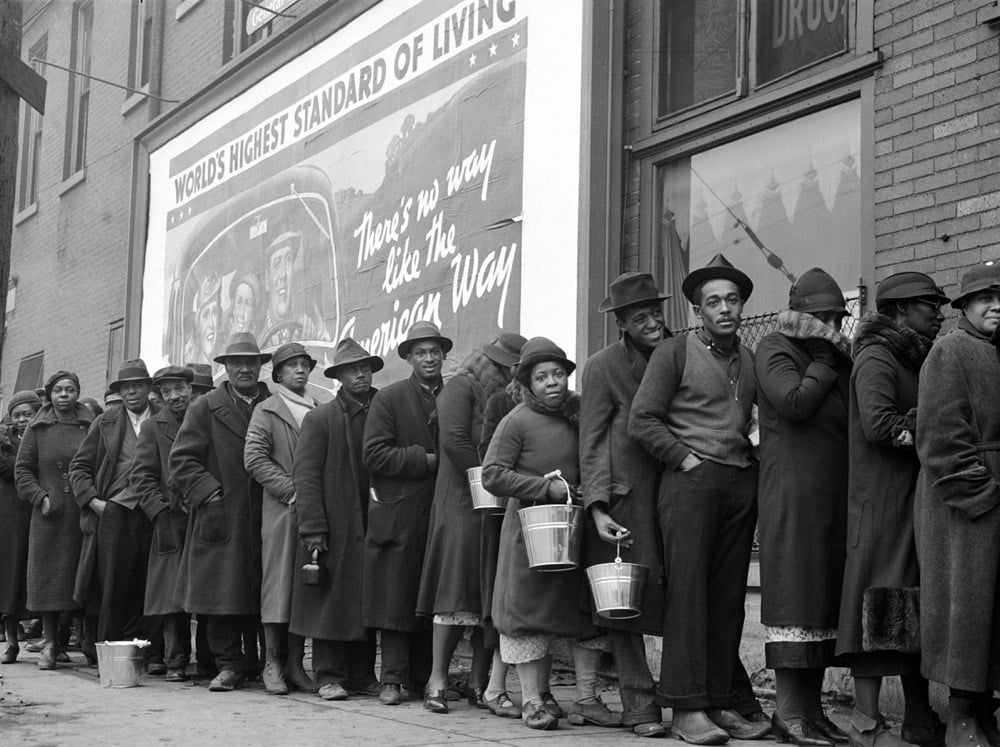

That first shot is an alternate view of this iconic photo.
By 1929, she began working for magazine publishers, joining both Fortune and, later, LIFE. She spent years traveling the world, covering major events from World War II to the partition of India and Pakistan, the Korean War, and much more. Bourke-White held numerous “firsts” in her professional life — she was the first foreign photographer allowed to take pictures of Soviet industry, she was the first female staff photographer for LIFE magazine and made its first cover photo, and she was the first woman allowed to work in combat zones in World War II.
Here’s Bourke-White in a fleece-lined flight suit during World War II, ready to work. Badass.
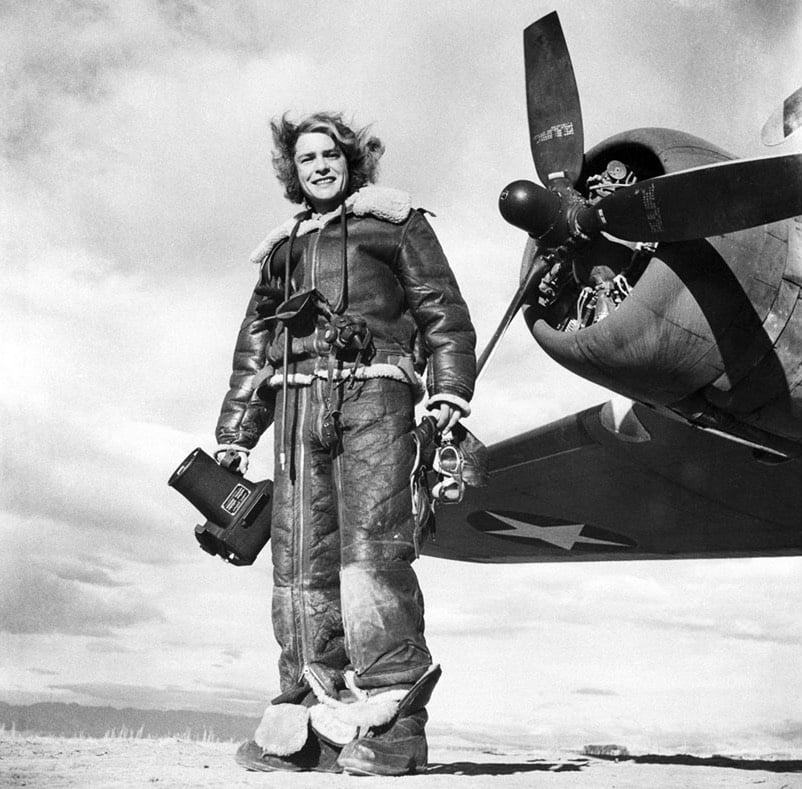
Lomography has a list of the Top Five Iconic Female Photographers. I had never heard of Julia Margaret Cameron before — you can check out some of her fantastic work here — but Diane Arbus, Margaret Bourke-White, Dorothea Lange, and Vivian Maier are all favorites of mine. Here’s a photograph from each:
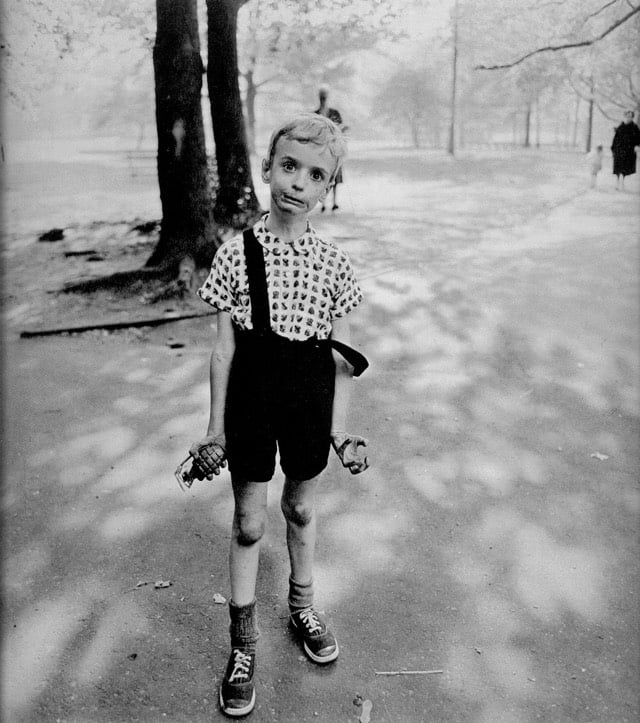
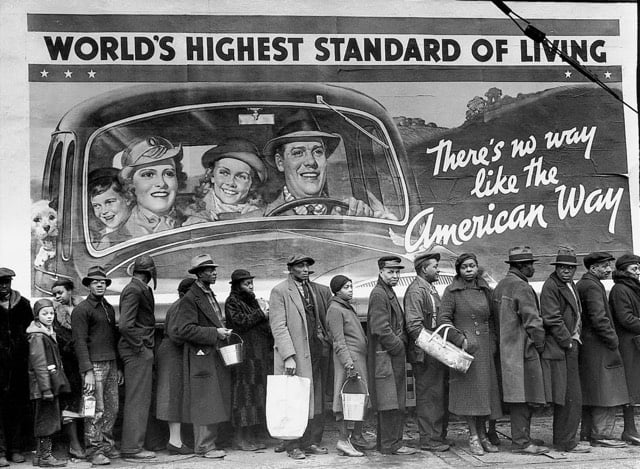
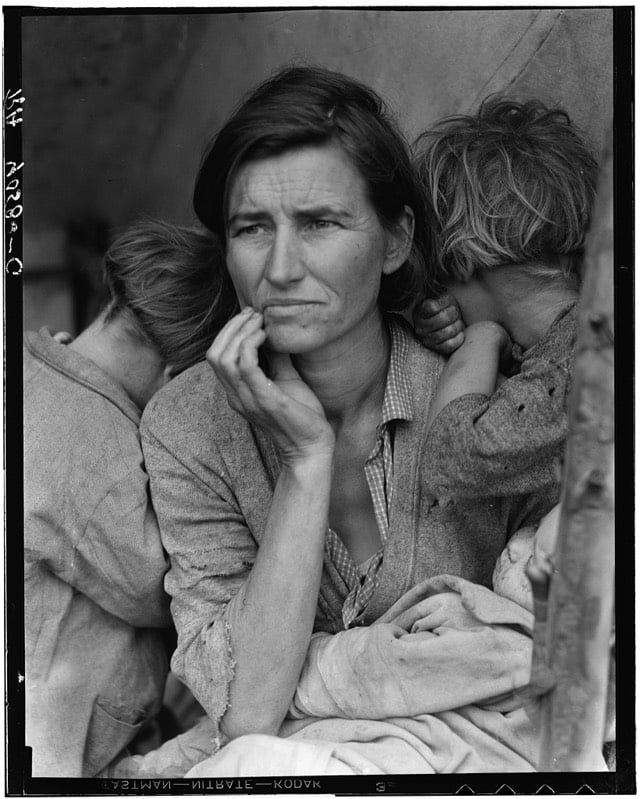
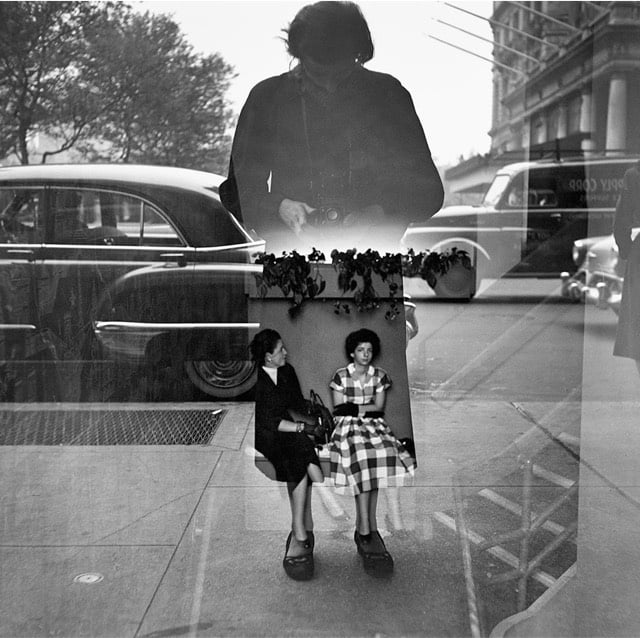
I came across this striking photo by Margaret Bourke-White the other day:

It’s a photo of a bread line during the Louisville Flood in 1937. The 1937 flood was one of the worst floods ever to occur in the Ohio River Valley:
In January of 1937, rains began to fall throughout the Ohio River Valley, eventually triggering what is known today as the “Great Flood of 1937”. Overall, total precipitation for January was four times its normal amount in the areas surrounding the river. […] The Weather Bureau reported that total flood damage for the entire state of Kentucky was 250 million dollars, which was an incredible sum in 1937. Another flood of this magnitude would not be seen in the Ohio River Valley until 60 years later.
A diary from Mama Bondurant provides a glimpse into what the flood was like:
January 22—-This is another terrible day. The water is still rising and we hear distress cries everywhere. I have tired all day to get West Point, but it is still under water. Jim came home for a little while but went back to Camp Knox to assist in placing flood sufferers from West Point. It is so bad outside. Rain has turned to sleet. Electricity is gone. No lights or radio.
Working as a photographer for Life magazine, Bourke-White also took this iconic photo of Gandhi and his spinning wheel.












Stay Connected